The Return of Vinyl: Why Physical Music Is Making a Comeback

In an era dominated by digital streaming platforms, where music is often consumed as fleeting sound bites, a nostalgic wave has swept through the music industry: vinyl records are back in vogue. What once seemed like an obsolete medium has transformed into a cultural phenomenon, captivating audiophiles and casual listeners alike. The resurgence of vinyl isn’t merely a trend; it represents a profound shift in how we experience and appreciate music. Today, we’ll delve into the reasons behind this renaissance, exploring the allure of physical music in a digital age, the emotional connections it fosters, and its impact on the music industry.
1. The Analog Experience
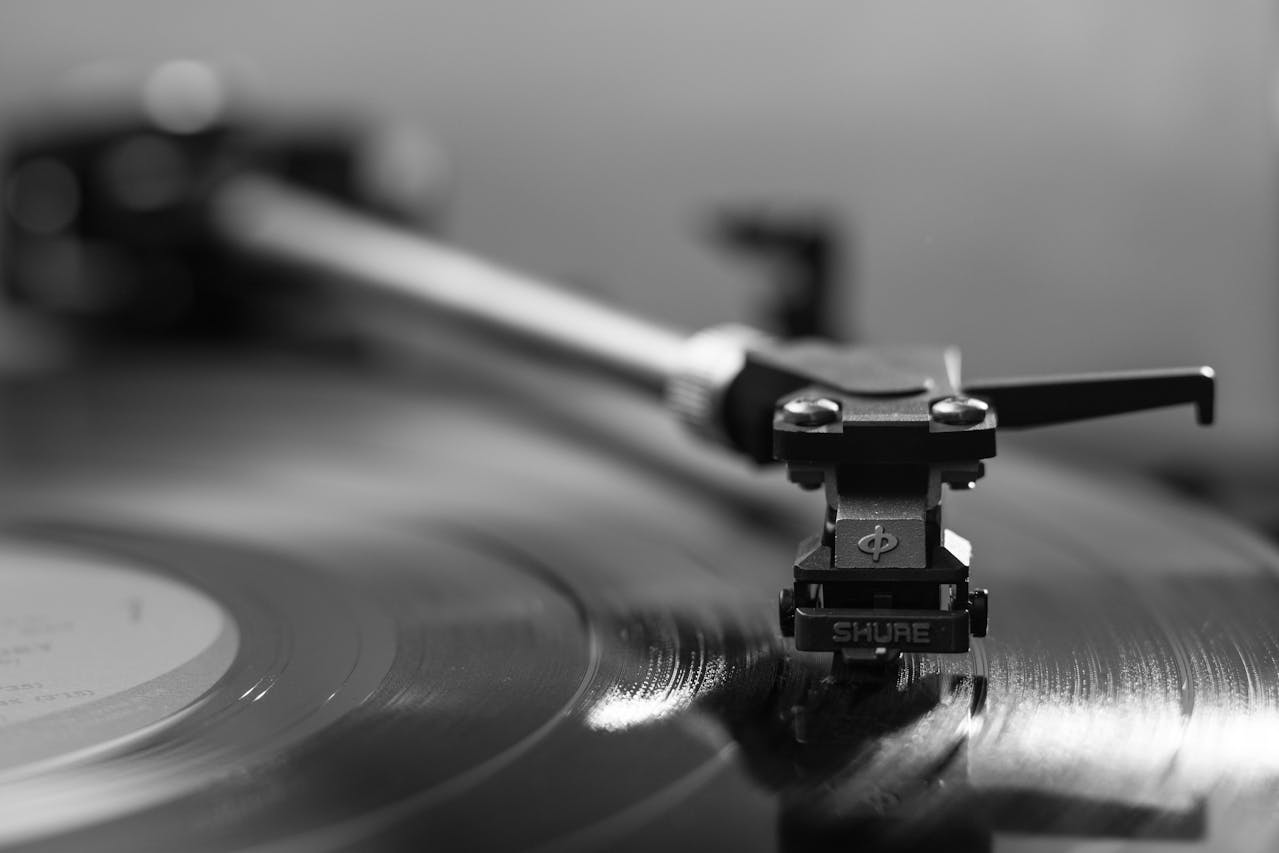
One of the most significant appeals of vinyl lies in the analog experience it offers. Unlike digital formats that compress sound, vinyl records capture audio in a way that many listeners find richer and warmer. The process of playing a record involves tangible interactions—removing the record from its sleeve, placing it on the turntable, and gently setting the needle down. This ritual enhances the listening experience, allowing fans to engage more deeply with the music. The crackles and pops associated with vinyl add character, creating a sense of nostalgia that many find comforting.
2. Superior Sound Quality
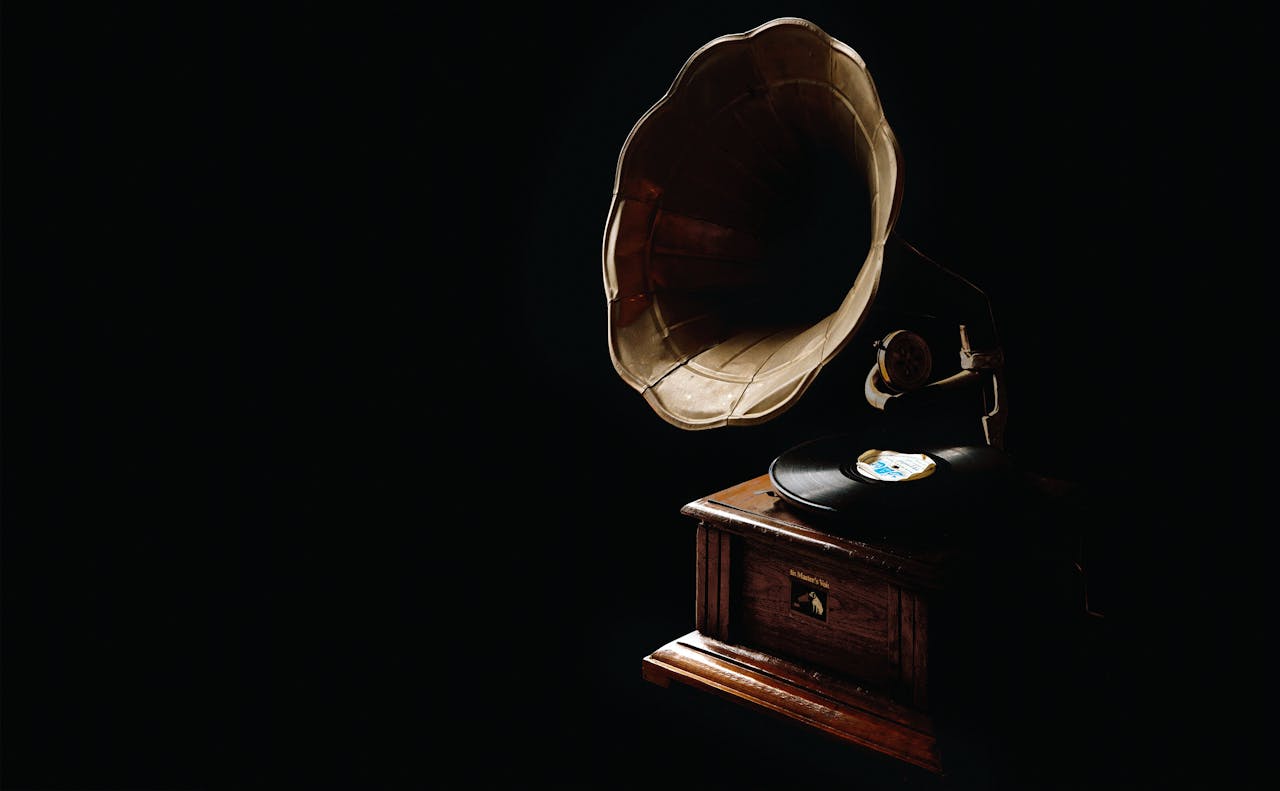
Audiophiles often argue that vinyl provides superior sound quality compared to digital formats. While opinions may vary, many listeners claim that vinyl records deliver a fuller, more dynamic range of sound. The large surface area of vinyl allows for greater detail and depth, capturing nuances that digital files might miss. This has prompted artists and producers to revisit recording techniques, emphasizing analog methods to achieve that authentic sound. For true music lovers, this attention to sound quality is a significant factor in their preference for vinyl.
3. The Tangibility Factor
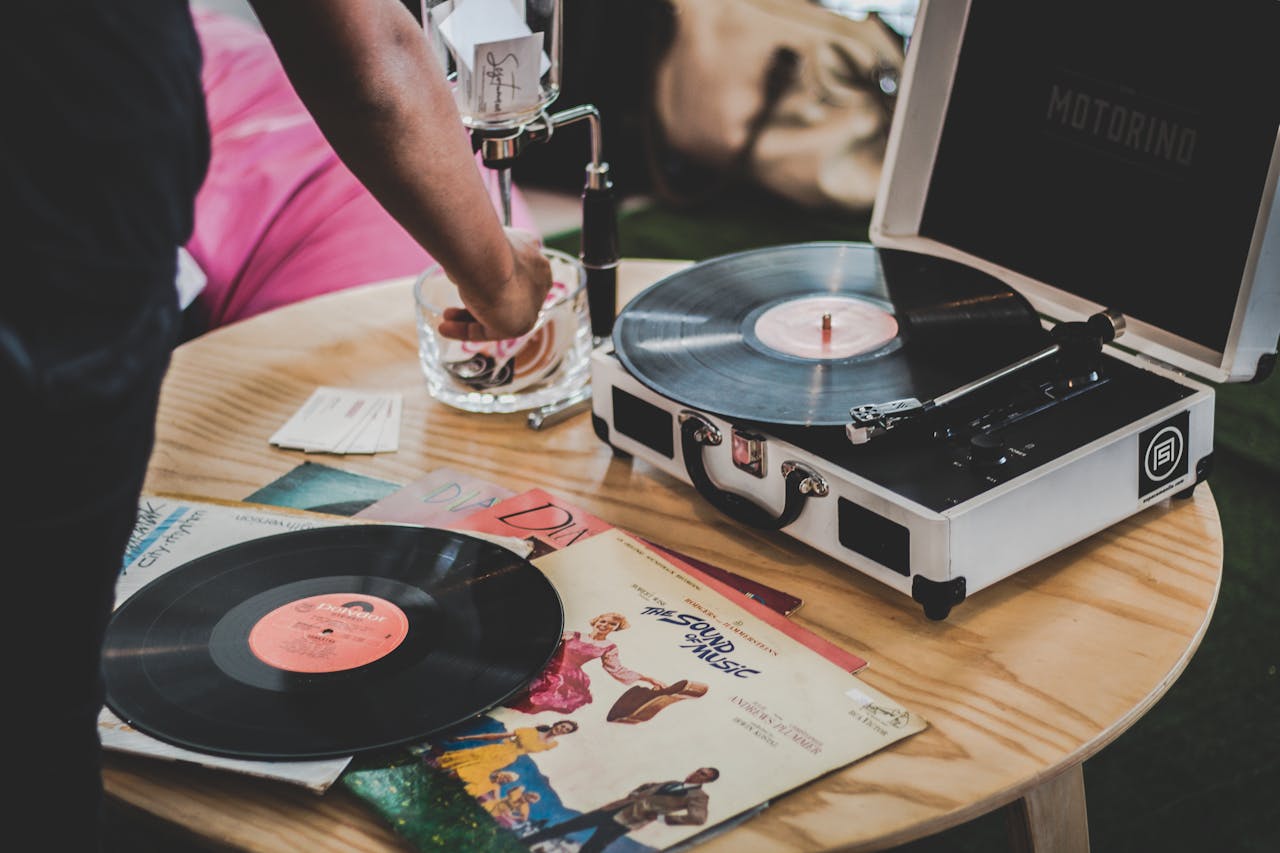
In an age where music is often consumed in a disposable manner, the tangibility of vinyl offers a refreshing change. Owning a physical record creates a sense of ownership and connection to the music. The large album artwork provides a canvas for artists to express their creativity, allowing fans to appreciate the visual aspect of music alongside the auditory. Collecting vinyl becomes a hobby, fostering a connection between listeners and their favorite artists through album art, liner notes, and the stories behind the recordings.
4. Nostalgia and Emotional Connection

Nostalgia plays a pivotal role in the vinyl resurgence. Many listeners grew up with vinyl records, and revisiting this format evokes cherished memories of their youth. The emotional connection to music is often enhanced by the physical medium; the act of holding an album can evoke powerful memories associated with specific songs or artists. For younger generations, the revival of vinyl offers an opportunity to experience a slice of history, allowing them to connect with their parents’ or grandparents’ musical experiences.
5. The Thrill of Collecting
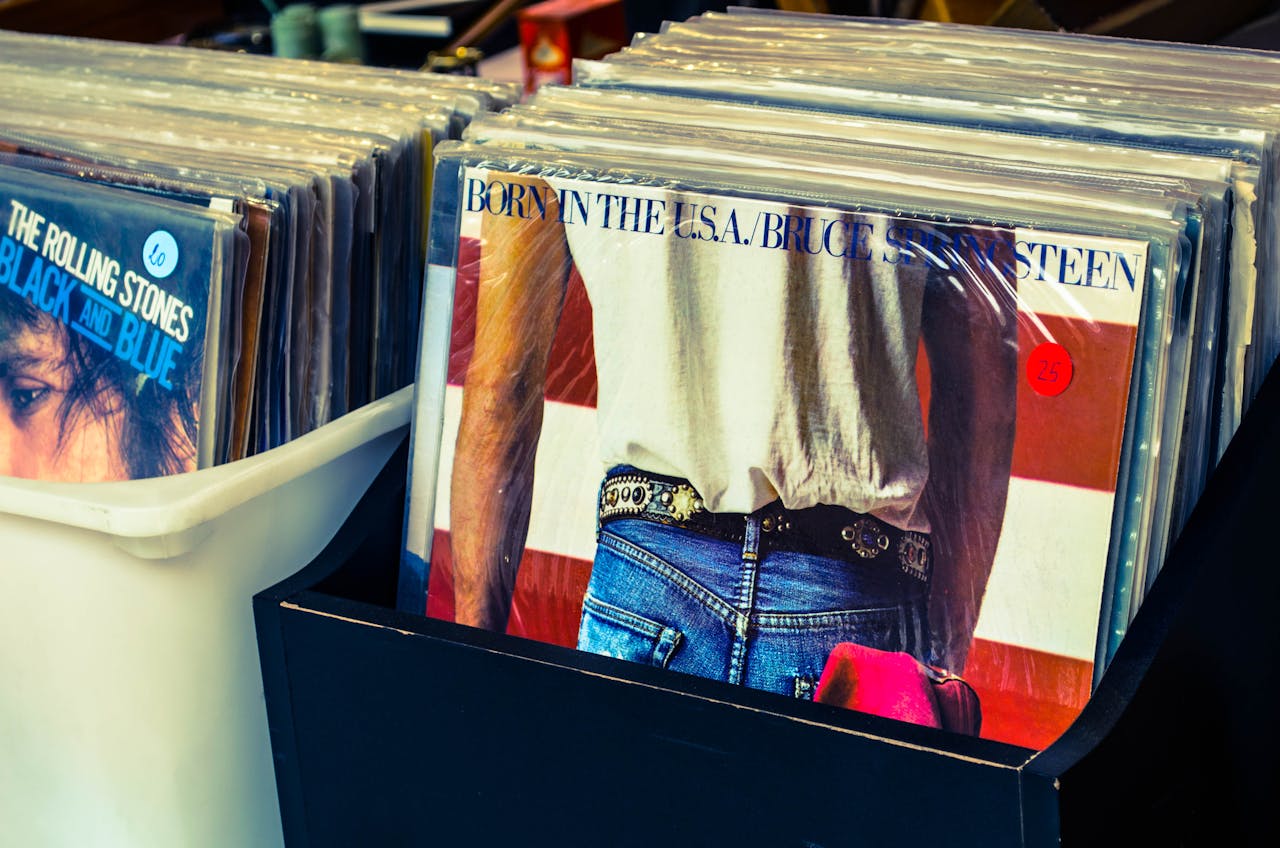
Vinyl collecting has become a popular pastime for many music enthusiasts. The thrill of hunting for rare or limited-edition records is an experience in itself, with record stores and online marketplaces offering a treasure trove of options. Collectors often seek out special releases, colored vinyl, and reissues of classic albums, turning the act of purchasing music into an exciting journey. The community surrounding vinyl collecting fosters camaraderie among enthusiasts, with many sharing their finds on social media or at record fairs, further fueling the passion for physical music.
6. Supporting Independent Artists and Labels

The vinyl resurgence has also provided a platform for independent artists and labels to thrive. Many musicians are now pressing their albums on vinyl to cater to the growing demand. This shift allows fans to support their favorite indie artists directly, as vinyl sales often provide a higher profit margin than digital downloads or streaming. Moreover, record labels are increasingly embracing limited-edition releases, creating a sense of exclusivity that attracts collectors and casual listeners alike.
7. Aesthetic Appeal
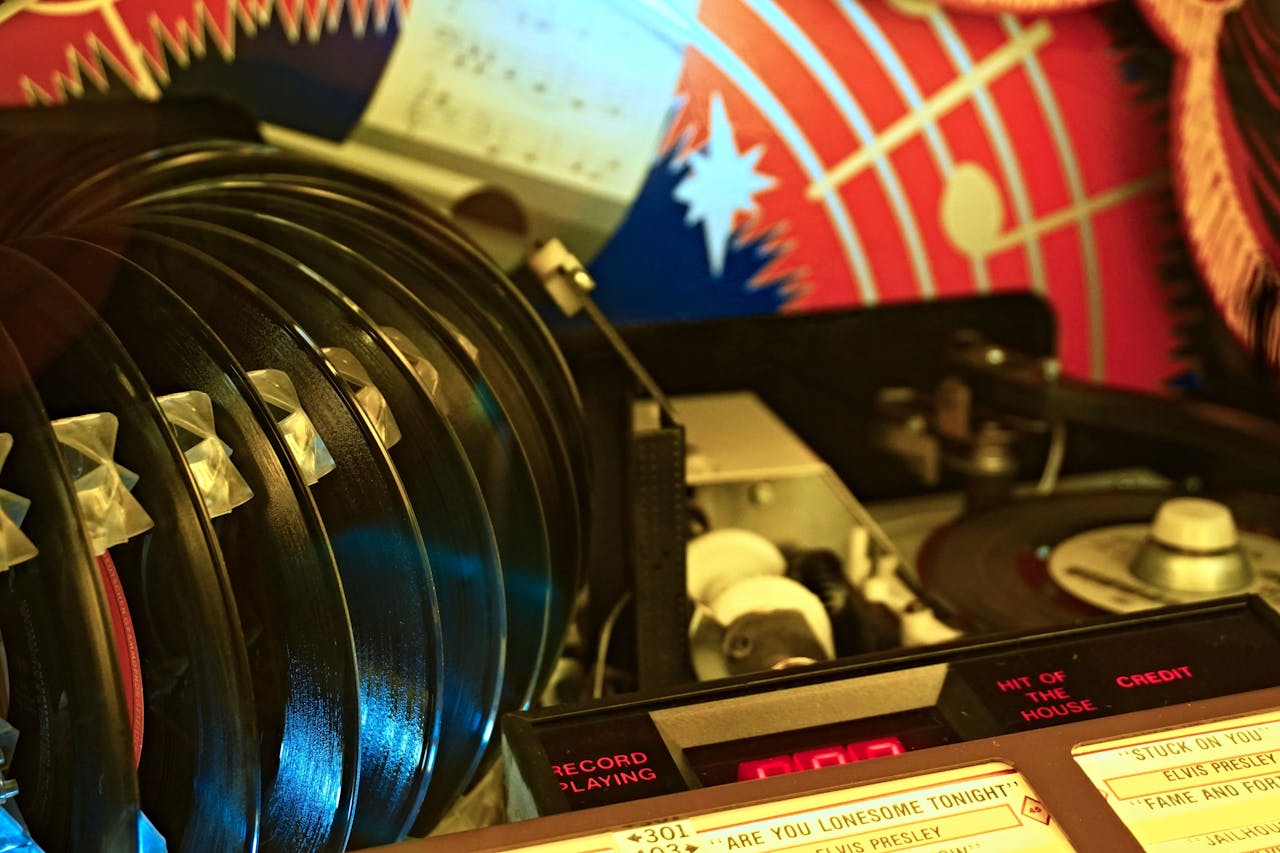
Vinyl records and their packaging offer a unique aesthetic appeal that digital formats cannot replicate. The large album artwork, colorful vinyl variations, and intricate designs create a visual experience that complements the music. Many listeners take pride in displaying their vinyl collections, turning them into decorative pieces within their homes. This visual component enhances the overall enjoyment of music, transforming it into an art form that can be appreciated in multiple dimensions.
8. Enhanced Listening Rituals
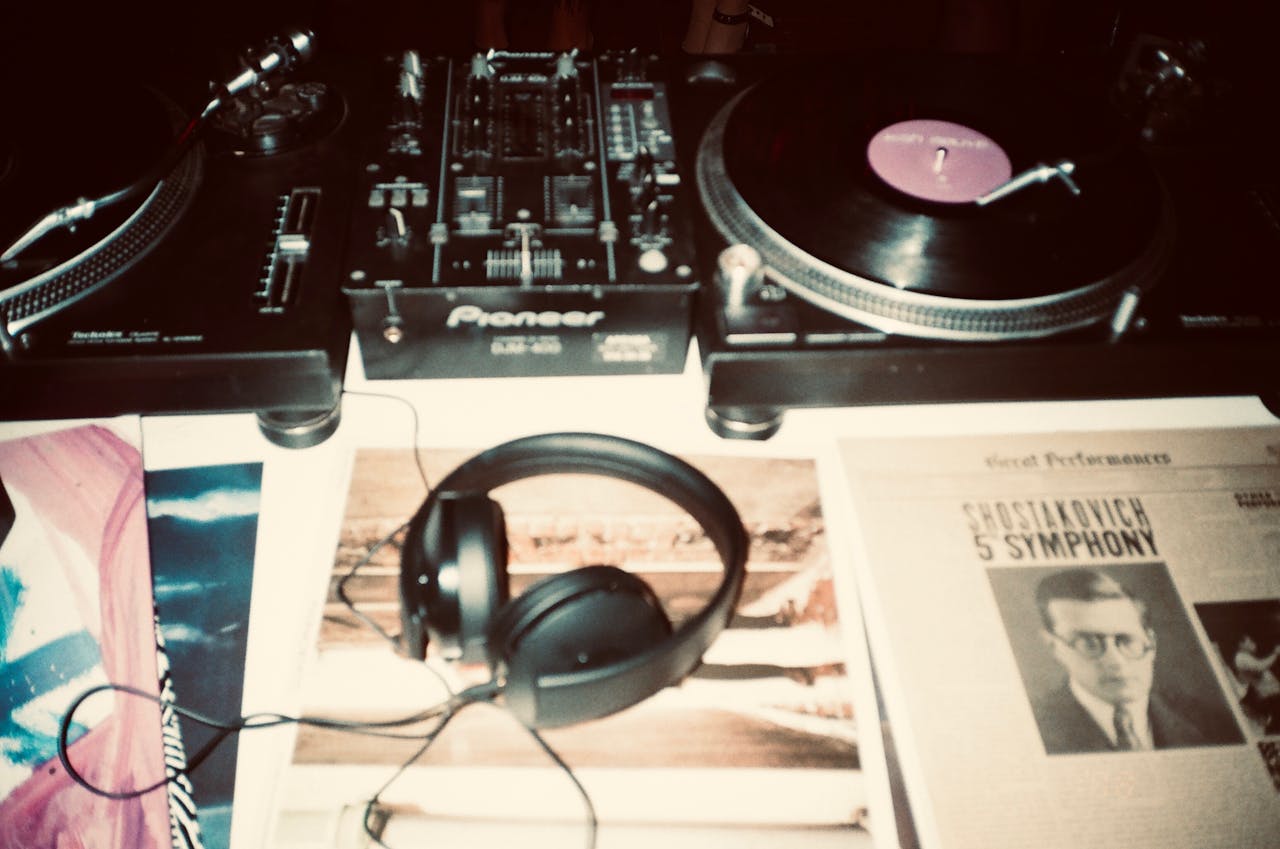
Playing vinyl records encourages listeners to adopt more intentional listening rituals. Unlike the passive consumption often associated with digital music, vinyl requires a commitment to the experience. Listeners often dedicate time to selecting an album, cleaning the record, and preparing their listening environment. This intentionality fosters a deeper connection with the music, encouraging fans to fully immerse themselves in the album rather than merely shuffling through playlists. Such rituals can enhance the appreciation for both the artist’s work and the act of listening itself.
Final Thoughts
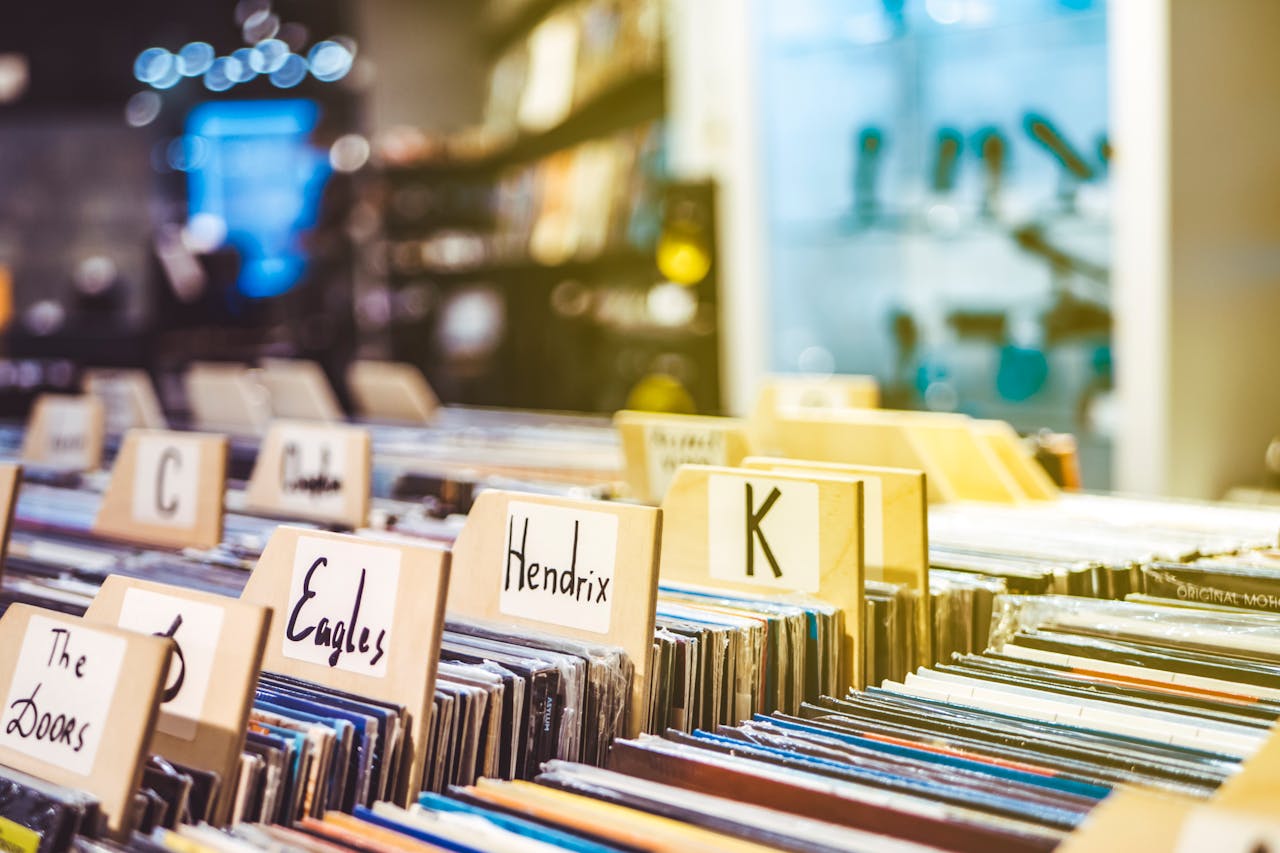
The return of vinyl signifies more than just a nostalgic trend; it represents a cultural shift toward valuing the artistry and experience of music. By embracing the analog format, listeners are rediscovering the joy of music in its purest form. The tactile engagement, emotional connections, and sense of community that accompany vinyl listening foster a deeper appreciation for music and its creators. As vinyl continues to reclaim its place in the music landscape, it invites us all to slow down, savor the experience, and celebrate the art of sound.
Leave a Reply